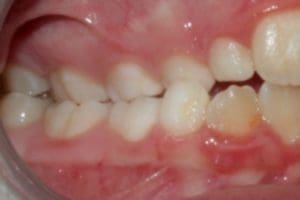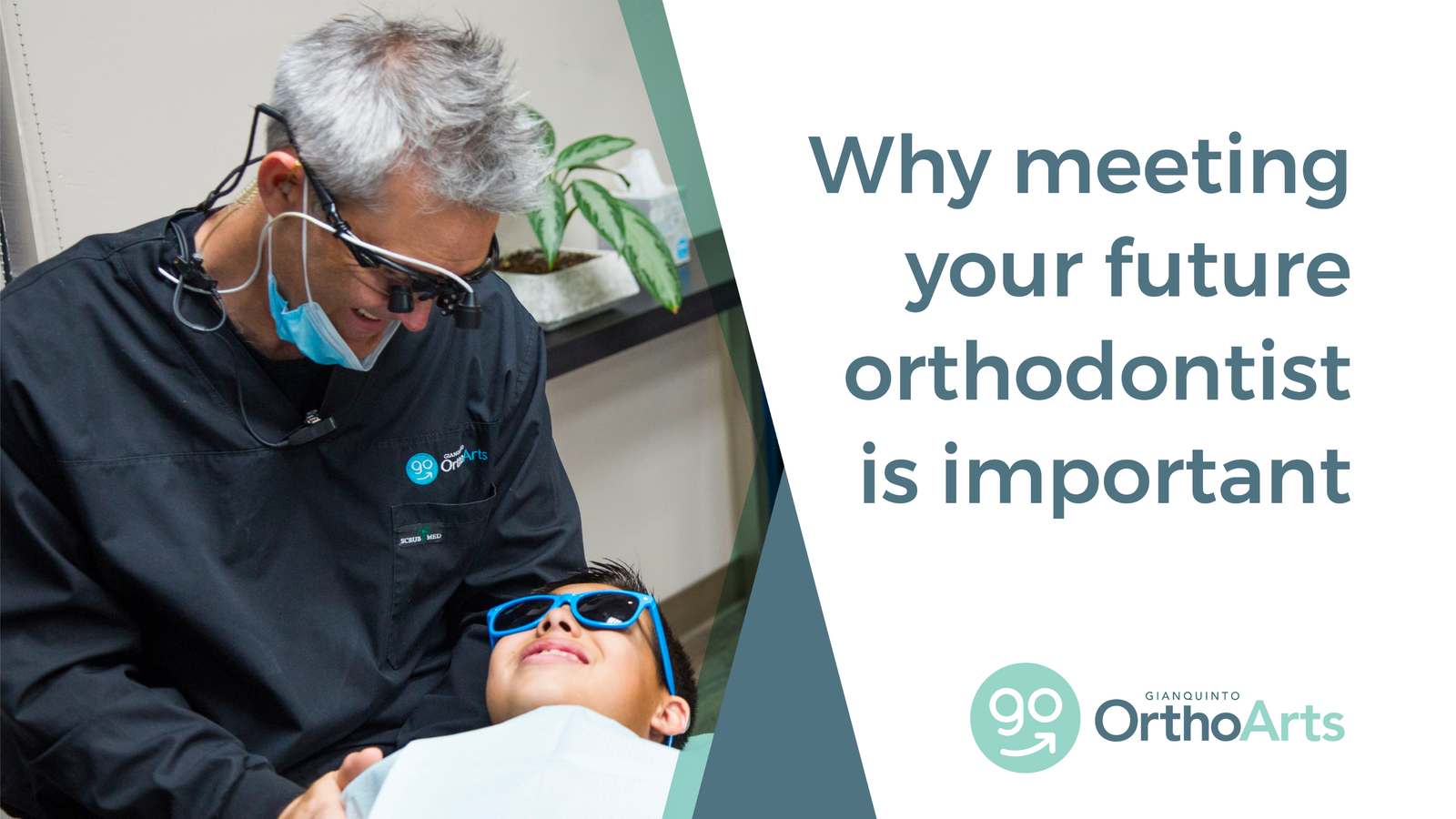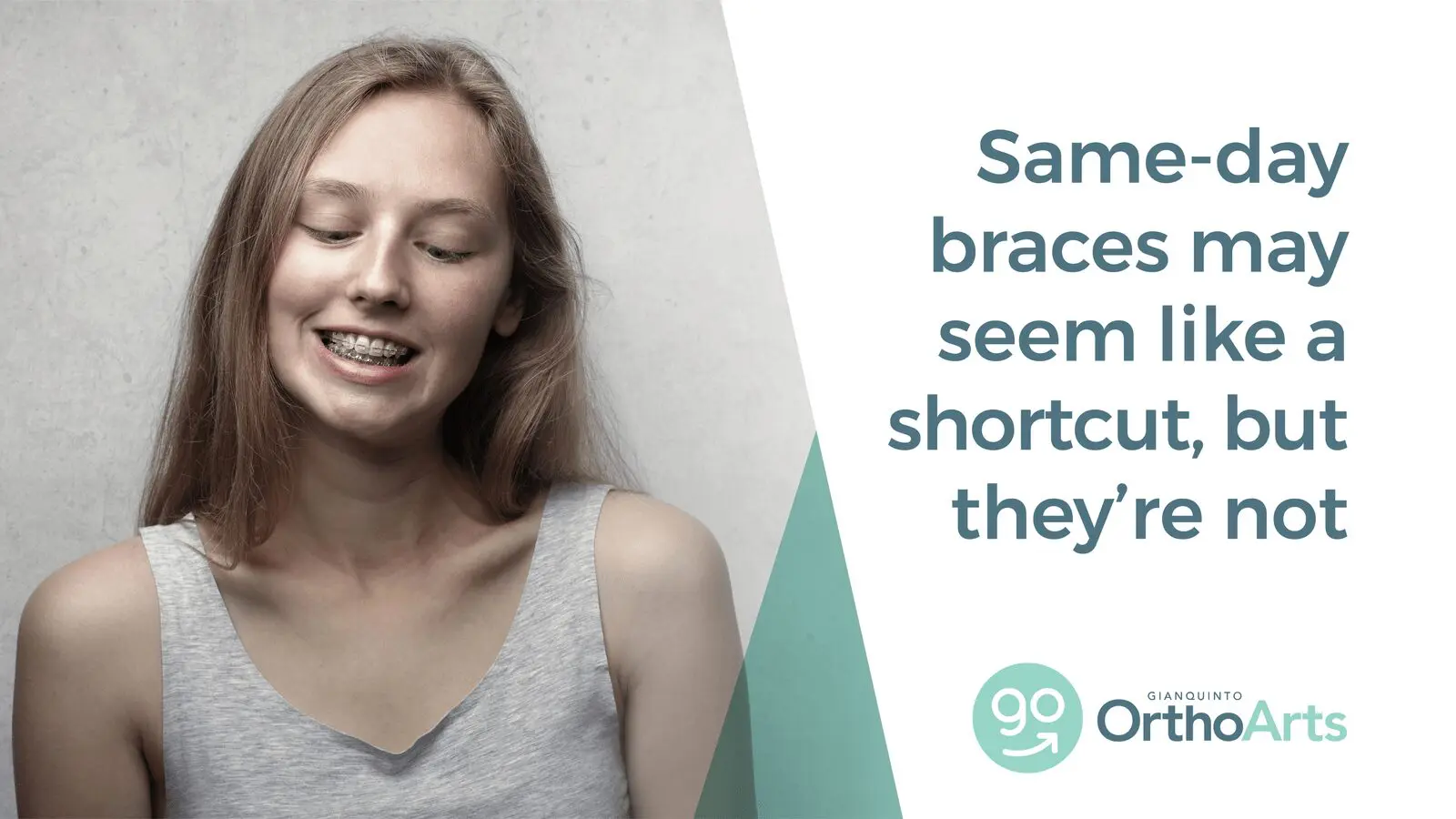
Modern 3D printed palatal expander with automatic leaf spring
One of our most popular questions from concerned parents is, “Does my child need a palatal expander?”
Many times, our answer to the expander question is “No,” which is difficult for some parents to take in after hearing other opinions on the subject. In fact, many parents aren’t exactly clear on what a palatal expander actually does. What do they do?
Palatal expanders widen an upper jaw that’s too narrow, which is great when there’s a discrepancy between the width of the upper and lower jaws.
Unfortunately, we hear about expanders being used as Phase I appliances for all sorts of things they weren’t designed to, and cannot correct. Some common examples are to “create room” for teeth in crowded arches, “prevent the need for extractions”, “widen the smile”, or “shorten the time in braces”. We hear these claims all too often, but in the era of evidence-based orthodontics, the scientific research in peer-reviewed orthodontic journals just isn’t there to support them.
The evidence-based indications for palatal expansion are limited and very clear. Simply put, if a jaw is too narrow, an expander can make it wider. If the jaw is too “short”, as in cases of severe crowding, widening the jaw won’t make it any longer, and use of an expander is not indicated.

Posterior crossbite requiring treatment with a palatal expander
We treat quite a few patients with upper jaws that are in fact, too narrow. In these cases, the upper molars erupt inside the lower molars into what we call a posterior crossbite, which is easily corrected with an expander. Other indications include patients with asymmetrical growth patterns or craniofacial anomalies where expansion is necessary for correction. Correction of these conditions is most stable when completed at a young age, before the two halves of the upper jaw fuse together. New research also supports the use of expansion to correct eruption paths of upper permanent canines that are at risk of becoming impacted.
Unnecessary expansion can lead to a host of future complications ranging from increased orthodontic treatment time and periodontal problems to loss of supporting bone. In extreme cases, aggressive expansion can even widen the face and bridge of the nose. Regardless, all orthodontic treatment is highly patient-specific, and palatal expansion is no exception. When necessary, expansion is most successful when completed quickly at a young age, before the two halves of the upper jaw have fused, in conjunction with orthodontic treatment in specific cases.
What about the “Airway”?
“Airway-friendly” orthodontics is becoming a popular term in social media, primarily to instill fear into parents and sell expensive myofunctional therapy treatment regimens or “mewing exercises” or positioning appliances that will miraculously prevent the need for orthodontic treatment, or at the very least, the need for extraction of permanent teeth. Pediatric Obstructive Sleep Apnea is a serious condition that can only be diagnosed by a physician. It’s much more than just “snoring”. The most common contributing factors in pediatric OSA are the tonsils and adenoids. This hasn’t stopped social media personalities from recommending orthodontic expansion as a cure-all for everything from ADHD to fatigue. Expansion can change the dimensions of the nasal cavity a bit, but doesn’t do anything to address the causes of OSA. Adenotonsillectomy is still the first-line treatment for OSA, and there is no link between the extraction of permanent teeth and OSA in adults.
If palatal expansion is recommended for you or your child, be sure to ask what research supports its use. As always, we are happy to answer any questions you might have.
Q: So do you guys recommend expansion?
A: We sure do, when it’s needed.
And when expanders are needed to correct posterior crossbites, they are the most effective appliances to achieve that correction. For a stable long-term result, brackets and wires usually won’t cut it.
Fortunately, we are able to treat all of these bite problems, and most of them are most easily corrected before all of the adult teeth have erupted. If you suspect you or your child has a bite misalignment, we encourage you to come in for a complimentary consultation. By starting early, you can make sure you or your child avoid years of pain and self-consciousness.
Call 661-829-7970 or for your complimentary initial exam and get started today.
NOTE: The author, Dr. Jared Gianquinto, is an orthodontist in the private practice of orthodontics and dentofacial orthopedics in Bakersfield, CA. He was trained at Temple University and Naval Medical Center San Diego, completing orthodontic and dentofacial orthopedic specialty training at Temple University Kornberg School of Dentistry. Dr. Gianquinto’s unique combination of extensive past general/cosmetic and current specialty orthodontic practice qualify him an expert in two-phase treatment, extraction and non-extraction treatment, clear aligners (Angel Aligners) and multiple bracket systems. The opinions expressed here are protected by copyright laws and can only be used with written permission from the author.






